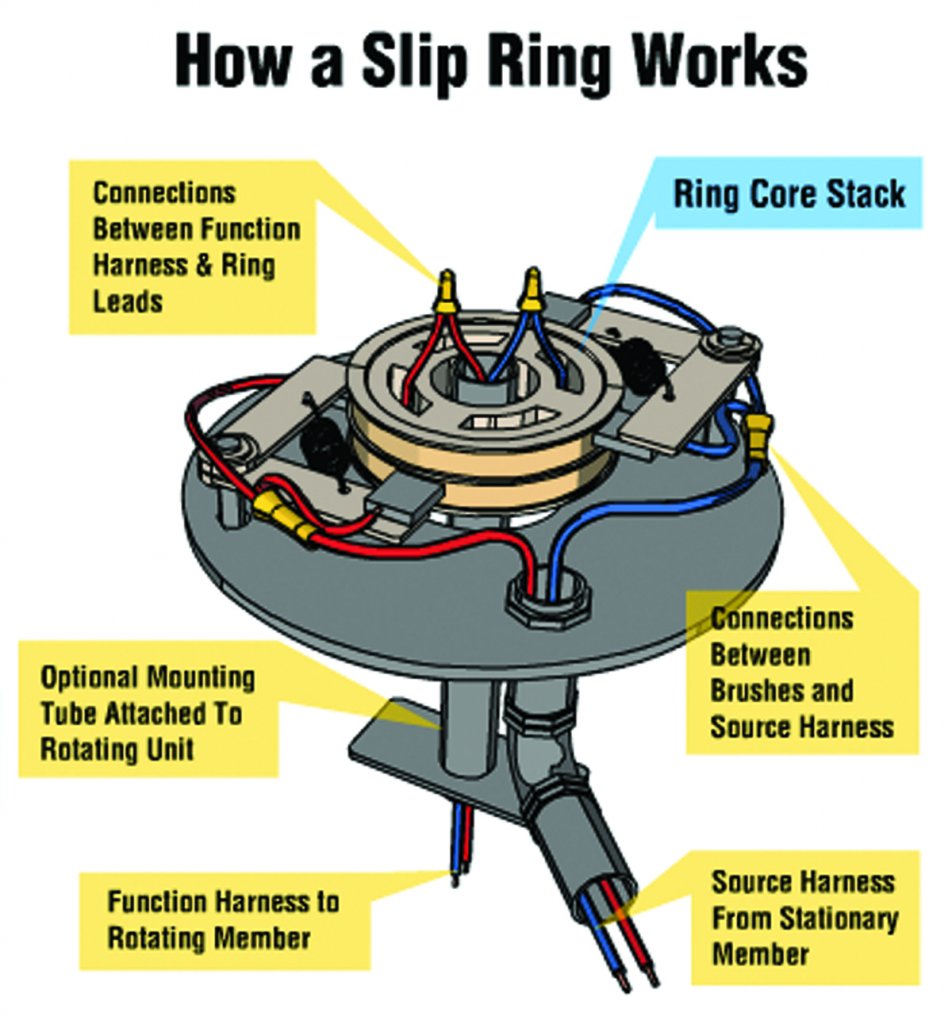 Jesse Shearer | Design Engineer | United Equipment Accessories
Jesse Shearer | Design Engineer | United Equipment Accessories
As the wind energy industry has grown over the last decade, so has turbine slip ring technology. Although these devices are small, their importance should not be undervalued. Wind turbines require reliable transmission of power and data signals from the nacelle to the control system for the rotary blades, and this is where slip rings come into play.
These electro-mechanical devices allow transmission of power and signals from a stationary structure to a rotating one and have a direct impact on a turbine’s performance. If a slip ring fails, power and communication data cannot pass through to pitch mechanisms and other controls in the hub and the turbine will shut down. This is why design firms in the industry have been focusing efforts on engineering slip rings specifically for wind turbines that last longer and require less maintenance.
A slip ring is a rotary coupling used to transfer electric current from a stationary unit to a rotating unit. In a turbine, the electrical connection to the rotor is made by connections to the brushes. This is accomplished by either:
- Holding the center core stationary while a slip ring’s brushes and housing rotate around it, or
- Holding the brushes and housing stationary while the center core is allowed to rotate.
Depending on the power requirements, a wide selection of circuitry is available with many combinations of amperage and voltage (AC or DC). A compact slip ring design is made possible by stacking the brushes on alternating sides. These brushes work under tough turbine conditions and are occasionally damaged. Traditionally, when a brush is damaged on a wire-brush slip ring, the whole block needs replacing.
Fiber-brush technology has allowed for extended life slip ring designs with the caveat of limited higher power current. Power surges tend to damage the fiber brushes. That doesn’t happen with robust, solid metal brushes.
When a solid brush slip ring is damaged, only that individual brush needs replacing rather than the whole block. This saves significant maintenance time and related expenses.
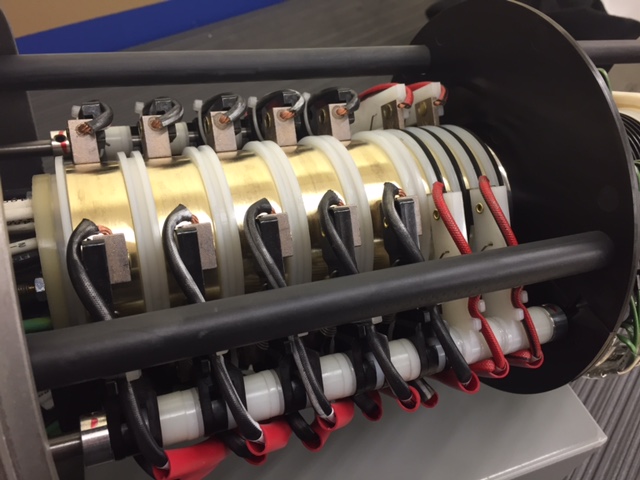
A slip ring from UEA is designed for duty in wind turbines and uses solid brushes and rings stacked in a manner that saves space. The company has built more than 15,000 slip rings for large wind turbines in the last few years.
Eliminating full brush-block replacement is one-way advanced slip ring technology is contributing to reduced wind turbine maintenance and downtime. Another way is by substantially reducing operations and maintenance (O&M) costs.
Traditional slip rings need frequent maintenance to avoid degradation of the rotating electrical connection caused by regular wear and debris. Manual cleaning and lubrication are essentially eliminated with fiber brush slip rings.
A higher spring pressure than that on conventional slip rings also helps clean the ring as it rotates. Advanced designs also come with built-in, lifelong lubrication. As a result, these slip rings require about five minutes of maintenance per year, and some turbine owners have eliminated annual maintenance altogether.
Material considerations are also important for reducing O&M. In a hostile environment, such as that common to remote wind turbine locations, high-grade slip ring materials are important to reduce surface degradation. Most wire-brush slip rings wear down their gold plating, resulting in lost conductivity and transfer capacity.
Although the use of plating is still common in the industry, quality slip rings use solid coin rings in high–revolution applications. Only solid materials are employed ensuring that resistance and conductivity remain constant throughout the life of the ring. In addition, the use of solid silver rings rather than wearable plating also helps maintain communication circuit efficiency and reliability.
Even though slip rings are small in size, they can make or break the performance of a wind turbine. When selecting this important device, consider the quality of the materials used, the annual maintenance required, and the overall life expectancy.
Filed Under: O&M
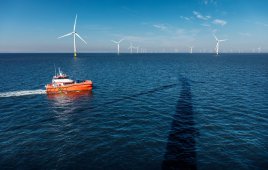
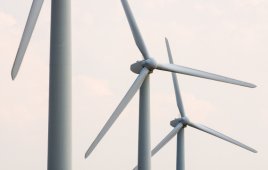
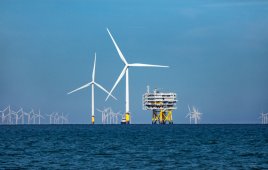
Mor information about slip ring with long-life working time, please click: http://www.moflon.com
Life cycle and performance depends on the slip ring mandrel and brush wire materials, and advanced production technology, our company slip ring using a gold to gold material, can guarantee the best quality slip ring provides to customers, we the website is http://www.barlintimes.com/, you can contact us by email sales@barlintimes.com
Our company ordered some capsule slip ring samples THR012 series from Balin Times last year, performance is great after test. Wish to have more cooperation with them in the near future.The company’s contact information below
:
Barlin Times Technology Co., Ltd
Address: 401Rm, Huajian Industry Building,Baogang North Rd, Luohu Dist, Shenzhen – 518000, China
Contact Number: +86 755 2871 4787
Email: sales@barlintimes.com
Website: http://www.barlintimes.com/